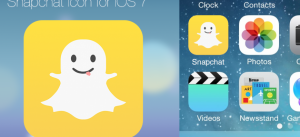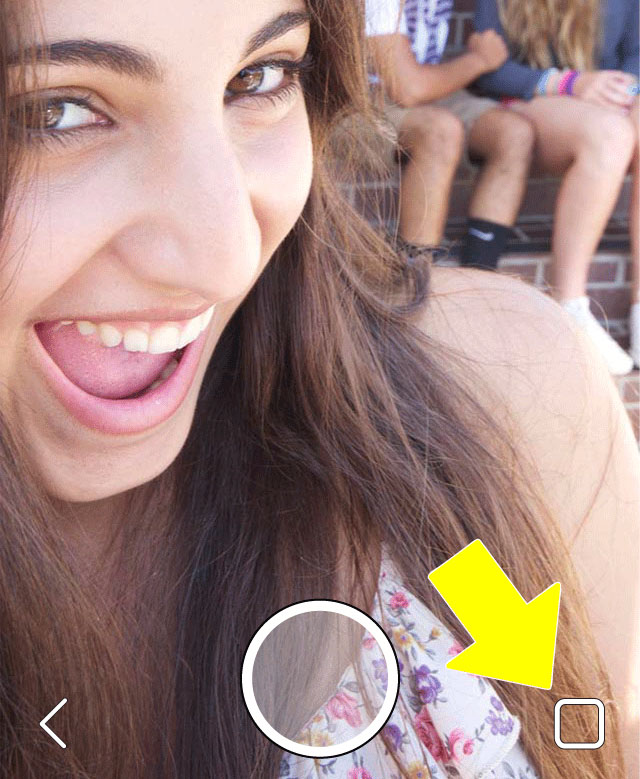Facebook, Instagram, Whatsapp, Angry birds or even the famous Candy crush, all these apps are a nightmare for many teachers, not only in the USA but all around the world. In colleges and high schools, the problem remains the same, the attention of the school kids or young adults is on their smartphone screens and not on their studies. What do Ugandan State schools, Wyoming’s Catholic college, Penrhos College, Perth, Australia, and primary schools in Norway and Ontario Canada have in common? They have all banned mobile phones from their classrooms. The reasons for such a ban may vary but common to all is the disruptive nature of phones in general and social networking in particular. Some more progressive teachers have called for a less dramatic response and suggest embracing and making use of mobile technology rather than condemning it as an evil distraction. All the same, in most cases it is a struggle to enforce a ban when are forbidden and a struggle to control their use if they are permitted!
 Now you see it, now you don’t!
Now you see it, now you don’t!
As if this this situation was not bad enough along comes an enemy even harder to fight: Snapchat. Snapchat is a genial mobile application which originally allowed you to share photos for a very short time and then they would disappear like a…ghost. That’s why, the creators decided to choose a friendly looking ghost with its tounge out out to represent their app.. A recent update to the app however is beginning to cause serious problems in the classroom and beyond. American teacher Tracie Shoeder sounded the alarm bell in May on Twitter by saying that “In 16 years if teaching, nothing has disrupted more my classroom more than Snapchat’s new update”. The principle of this update is quite simple and in the spirit of the photo-messaging service, only that now it is possible to text or send videos to your friends with the main advantage being that, once the conversation is over, all communications are automatically wiped.

This is the main problem for the teachers because if they take the mobile phone away from a student who is being distracted, there is nothing on the screen to show that they were using it and if there is no proof, no one can be accused. In this way, children can criticize their teacher or a classmate or even send sextos without being bothered. Indeed, since they know that pictures and images disappear from the app, a lot of children use it to harass another person by sharing embarrassing photos, blackmailing or spreading rumors or threats. This is called Cyber bullying, a major problem amongst the young and vulnerable. According to a recent survey 69% of British children aged 13 and 22 have experienced Cyber bullying. Although teachers feel powerless in the face of Snapchat exchanges it seems, ironically, that the information exchanged may not be completely removed as Snapchat is not totally clear about the safety and the privacy of its data according to a study by Federal Trade Commission (FTC) which suggests that this application is not properly protected from attacks by hackers. There are even sites that publish snapchat pictures and messages that have been captured as screenshots and then shared. Once again we see here how disruptive mobile phones have become and how we need to adapt and change our behaviour as a consequence.
For a rather disturbing take on technology and young people look at this article from the Huffington Post
To go a little further:
- http://nypost.com/2014/05/02/snapchat-update-is-every-teachers-worst-nightmare/
- https://www.dosomething.org/facts/11-facts-about-cyber-bullying
- http://www.nytimes.com/2014/05/09/technology/snapchat-reaches-settlement-with-federal-trade-commission.html?_r=0
- http://www.10tv.com/content/stories/2013/08/23/columbus-fbi-warns-snapchat-app-child-dangers.html

Une réponse à “Snapchat: the ghostly app which haunts teachers”
Mélanie, very good article ! I’m glad that at the end, you talk about the opaque policy of Snapchat about keeping the photos or messages of the users. Just like Facebook before, we don’t know how our photos are used or if they are stocked somewhere in a datacenter…
The problem is that very few people are aware of the impact on their private life. As you said they can share sexual contents without having any ideas that one day maybe, these photos may become visible once again, appearing like a ghost…
Does private life still really exist ? This is a really good question but I think that nobody has a right answer.